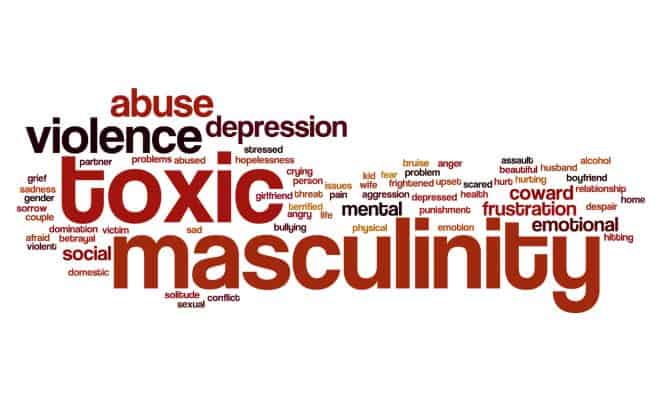A nation that thoroughly attributes its identity to the quest for “Roti, Kapda, aur Makaan ( food, clothing, and shelter)” has certainly done its bit to captivate, and relish the food and housing culture to a very large extent, but that of the clothing and fashion seems a bit sceptical?
From “wardrobe dilemma” to “fast fashion”, the entire fashion terminology seems to be utterly registering about the feminine station, and for a prolonged part of the historical and social context has been negligent to the existence of the male counterpart. It is not a matter of astonishment that most of the men’s clothing praxis has been dominated by dark cotton pants, or paired with a full or half shirt or t-shirt. To extend the compartment we can have a pair of shorts and polos complimented by a flip flop for a casual weekend and traditional kurta pajama and dhoti with gladiator sandals for the cultural extravaganza. All this can veritably fit to summarise the men’s wardrobe.
But the generation that has been perplexed with the internet sensation seeding into our lives and styles, saw a global breakthrough with the #menswear trend that went around on Tumblr in mid-2010’s, flaunting well-draped men on the internet. Indian men were no different to respond to this global phenomenon and became receptive of the fashion avant-garde promulgated by others, and later some among them. Soon, workplaces broke the code for formals, and decided to formulate the business casuals over formals with someone like Vishal Sikka pulling off a t-shirt with various types of denim, and a blazer in cracker overboard meetings and conferences. Most of the corporates and start-ups followed the ideas and styles of their icons, Mark Zuckerberg and Steve Jobs, where the former wore grey t-shirts and denim all his life, while the latter paired his turtleneck jumpers with pants, and hence avoided any kind of dilemma for their wardrobe.
The Indian man is mostly promonochromatic with shades like black, white, grey, blue, and olive getting a hand above other colours, solids are generally preferred over patterns, bright colours like neon and pink are bashed as feminine, dungarees become a matter of mockery, and bell bottoms and cargos are called obsolete. “They mostly go casual, which includes denim wear and t-shirts or shirts, they don’t really look at any brand from a sustainable point of view or how well the brand is working on bringing up old textile art forms which are getting lost in today’s era,” says Prama Mazumdar, a student of National Institute of Fashion Technology, Delhi.
But in recent years, men, especially the younger generation, have started experimenting with their clothing style and have become more conscious about their style statements; pairing types of denim with kurta is no longer a feminine choice, or journalist’s outfit, and khadi tote bags have become a favourite with the new generation; shirts with mundus are extensively classic. The admiration is no longer confined to the Bollywood actors’ fashion styles but people have rather started fantasising their favourite sports stars, musicians, and politicians as well; Virat Kohli and Sunil Chhetri, apart from being inspirational sports icons, have also played the role of fashion icons for millions. Shashi Tharoor and Milind Deora, Congress Members of Parliament, and Omar Abdullah, former Chief Minister of Jammu and Kashmir, have also garnered significant followers for their wardrobe and styling that infuses traditional look in an unconventional manner.
Corporates have also started recognising men’s fashion needs, and have devised brands that cater to their requirements. The long-lost idea of customisation seems to regain its position as well with brands like Levis entailing endeavours for tailored jeans and outfits. Fandom and gaming franchises also seem to be really popular, specially among the college students with exemplar ones like The Avengers, Game of Thrones, and PUBG series. The scene has a lot to evolve from the common parlance, but, the process of breaking through the conventional categories of clothing has already begun, and begun with style.
Feature Image Credits: Janesh Sahni for DU Beat
Faizan Salik


